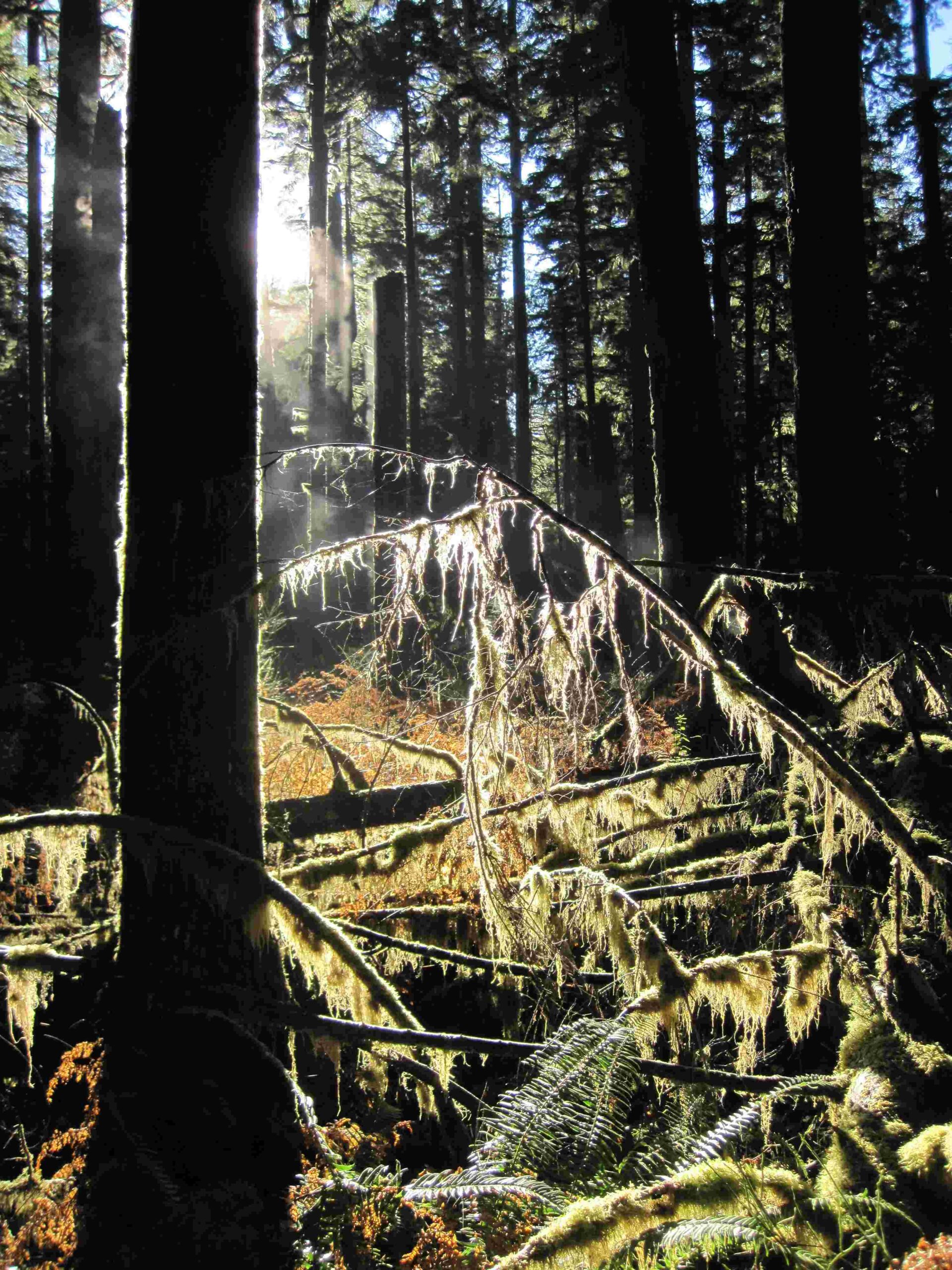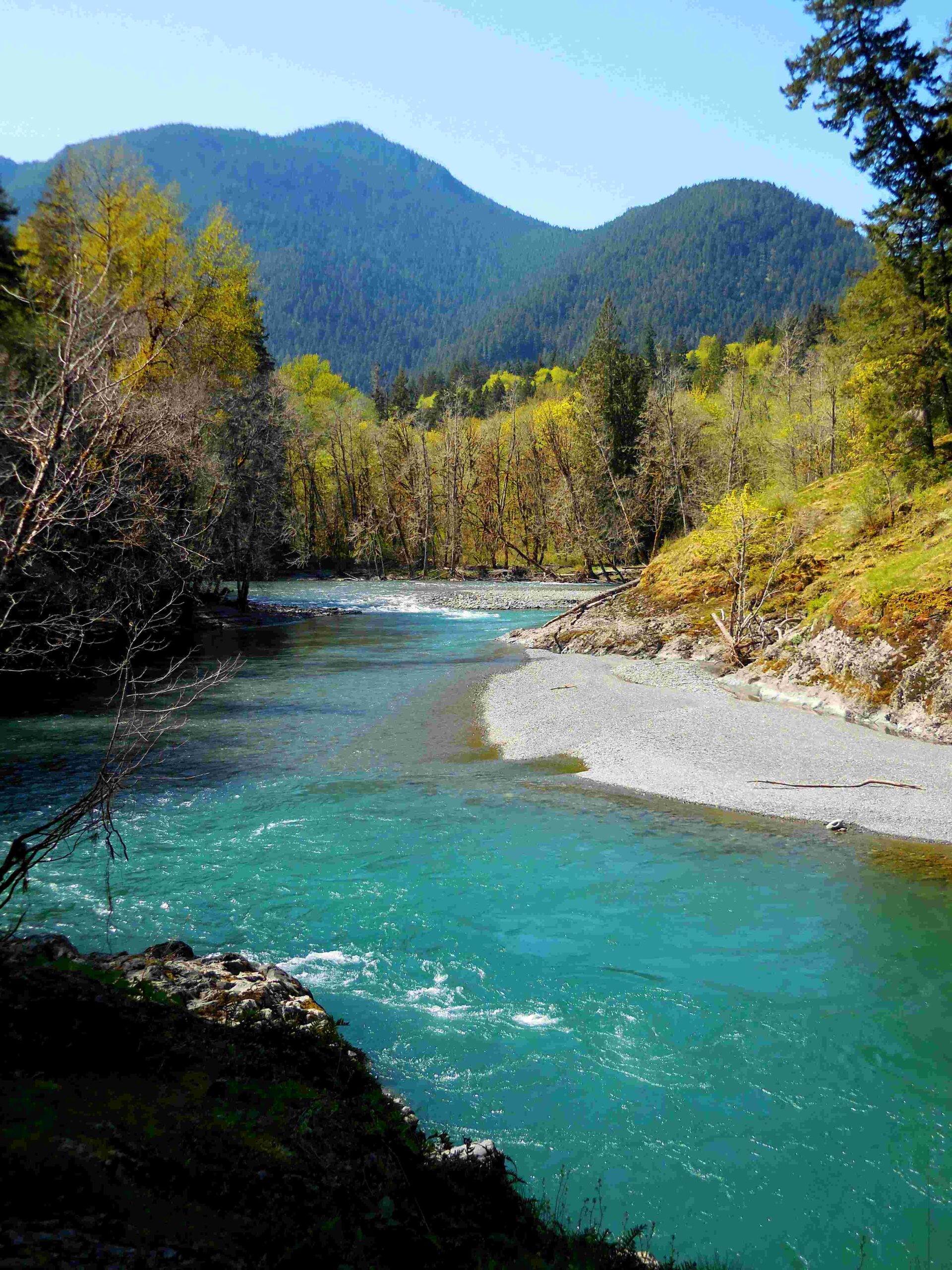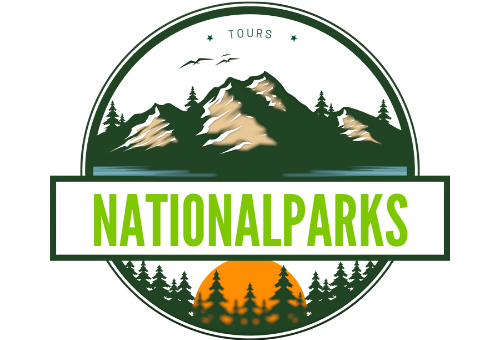Olympic National Park backpacking books are essential resources for hikers and outdoor enthusiasts planning adventures in this diverse wilderness. These comprehensive guides provide detailed trail information, maps, camping advice, and safety tips for exploring the park’s varied ecosystems, from rugged coastlines to alpine meadows. With expert insights on routes, difficulty levels, and scenic highlights, these books are indispensable tools for both novice and experienced backpackers seeking to navigate and appreciate the natural wonders of Olympic National Park.
What Are the Best Olympic National Park Backpacking Books?

When it comes to planning your backpacking adventure in Olympic National Park, several books stand out as invaluable resources:
- Hiking Olympic National Park: A Guide to the Park’s Greatest Hiking Adventures by Erik Molvar
- Olympic Mountains Trail Guide, 4th Edition: National Park and National Forest by Robert L. Wood
- Day Hiking: Olympic Peninsula by Craig Romano
- Backpacking Washington: Overnight and Multi-Day Routes by Craig Romano
Each of these books offers unique perspectives and detailed information to help you plan your trip effectively.
How Do These Books Help in Planning a Backpacking Trip?

Olympic National Park backpacking books are crucial for trip planning in several ways:
- Trail Descriptions: They provide detailed descriptions of various trails, including length, difficulty, elevation gain, and estimated time.
- Maps: Most books include topographic maps or trail maps to aid in navigation.
- Camping Information: They offer insights on backcountry campsites, permit requirements, and Leave No Trace principles.
- Seasonal Considerations: Many guides discuss the best times to visit specific areas and potential seasonal hazards.
- Flora and Fauna: These books often include information about the park’s diverse ecosystems and wildlife.
What Unique Features Does Each Book Offer?
Let’s break down the unique aspects of each popular Olympic National Park backpacking book:
| Book Title | Unique Features |
|---|---|
| Hiking Olympic National Park | – GPS coordinates for trailheads – Mile-by-mile directional cues – Difficulty ratings for each hike |
| Olympic Mountains Trail Guide | – Detailed overview maps – Historical trail information – Comprehensive coverage of both national park and forest areas |
| Day Hiking: Olympic Peninsula | – Focus on day hikes – Color photos and maps – Trail recommendations for families and dog owners |
| Backpacking Washington | – Multi-day route suggestions – Logistical planning tips – Information on gear and supplies |
How Do These Books Address Safety Concerns?
Safety is a paramount concern for any backpacking trip, and Olympic National Park backpacking books typically address this in several ways:
- Weather Warnings: Information about potential weather hazards and how to prepare for them.
- Wildlife Safety: Tips on safely encountering wildlife, particularly bears and mountain lions.
- Navigation Challenges: Advice on navigating difficult terrain and what to do if you get lost.
- Emergency Preparedness: Recommendations for first-aid kits and emergency communication devices.
- Water Safety: Guidelines for safe water crossing and purification methods.
What Trail Information Do These Books Provide?
Olympic National Park backpacking books offer comprehensive trail information, including:
- Trail Conditions: Updates on trail maintenance, closures, or hazards.
- Elevation Profiles: Visual representations of elevation changes along the trail.
- Points of Interest: Highlights of scenic viewpoints, waterfalls, or historical sites along the route.
- Difficulty Ratings: Assessments of trail difficulty based on factors like terrain, elevation gain, and distance.
- Estimated Hiking Times: Approximations of how long each trail section might take to complete.
How Do These Books Help with Gear Selection?
Proper gear selection is crucial for a successful backpacking trip. Olympic National Park backpacking books often provide:
- Gear Checklists: Comprehensive lists of essential items for different types of trips.
- Season-Specific Recommendations: Advice on gear suitable for different weather conditions and seasons.
- Weight Considerations: Tips on balancing gear weight with comfort and safety.
- Specialized Equipment: Information on gear specific to Olympic National Park’s terrain, such as rain gear for the temperate rainforests.
What Camping Information Is Included in These Books?
Camping is an integral part of backpacking, and these books typically cover:
- Campsite Locations: Detailed information on established backcountry campsites.
- Permit Requirements: Instructions on obtaining necessary backcountry permits.
- Bear Canister Regulations: Guidelines on proper food storage in bear country.
- Leave No Trace Principles: Education on minimizing environmental impact while camping.
- Water Sources: Information on reliable water sources near campsites.
How Do These Books Address Environmental Conservation?
Olympic National Park backpacking books play a crucial role in promoting environmental conservation:
- They educate readers about the park’s fragile ecosystems and the importance of preservation.
- The books provide guidelines on responsible hiking and camping practices.
- Many include information on volunteer opportunities and ways to support park conservation efforts.
- Some books discuss the impact of climate change on the park and how visitors can help mitigate these effects.
What Additional Resources Do These Books Provide?
Beyond trail and camping information, Olympic National Park backpacking books often include:
- Historical Context: Background on the park’s formation and cultural significance.
- Flora and Fauna Guides: Identification tips for common plants and animals.
- Photography Tips: Advice on capturing the park’s scenic beauty.
- Local Services: Information on nearby towns, supplies, and emergency services.
- Recommended Itineraries: Suggested trip plans for various durations and difficulty levels.
In conclusion, Olympic National Park backpacking books are indispensable tools for anyone planning to explore this diverse and beautiful wilderness. They provide comprehensive information on trails, camping, safety, and conservation, ensuring that backpackers can have a safe, enjoyable, and responsible adventure in one of America’s most stunning national parks.
